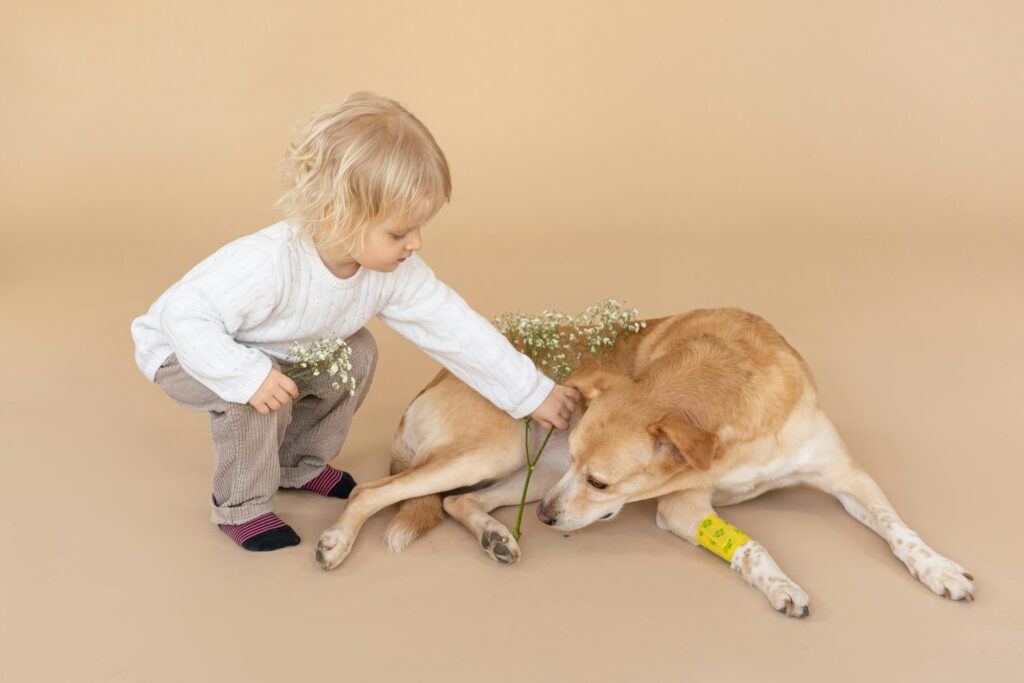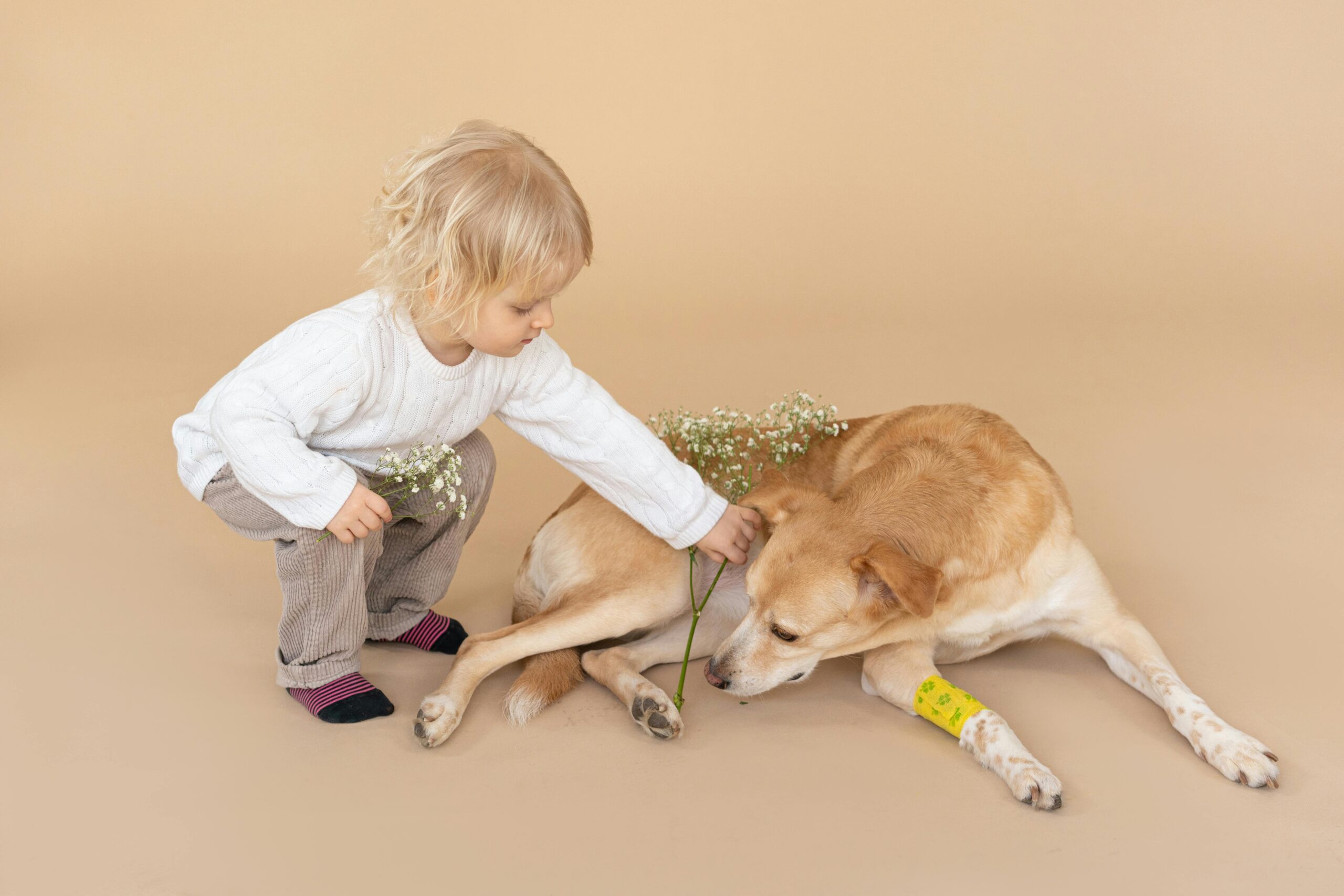
You should be dating your donors!
Were you on a dating app, or attending a work event, here are the suggested five ways to make a positive first impression. I’ve added in the implications for nonprofits who are wooing donors.
1. Set an intention.
“The most important thing to do for giving a good impression is to set your intention. This is especially important before any kind of big event where you would be meeting a lot of people — i.e. conferences, networking events or friend’s parties. As you get ready or when you are driving over think about what kind of people you want to meet and what kind of interactions you want to have. This can be an incredibly grounding experience and works very well to focus on what kind of energy you want to have for your event.”
Sounds obvious, right? But beyond setting an intention when you’re attending an event, what about setting an intention with every single communication you plan with a prospective donor?
Specifically, are your calls to action clear?
I can assure you they won’t be unless you’re crystal clear on your desired action response. What do you want people to think, feel and do when they receive your missive?
You may think you’re being clear when you send out a fundraising appeal because you know you want money, right? But how much do you want the donor to give and why? Money is merely a symbol of what you really want. Consider the end result of giving. How might you convey the impact of the donor’s gift? Perhaps it’s that someone will get food… a river will be cleaned… a child will learn to read… a new program will be born… your doors will remain open. These are all such positive outcomes, you should want a donor to fee really good about what they’re doing (just like you’d want a date to have a good time during your meeting).
And appeal letters aren’t the only communications that benefit from setting an intention. Everything benefits from thoughtfulness. Don’t just send out a newsletter without a purpose in mind. The same holds true for blog posts and social media shares. When you put something up on your Facebook page, what kind of interaction are you hoping to have with your Friends?
TIP: Thinking about intent can help you to select the best mediums, the best stories and the best timing. Otherwise, you’re just communicating willy nilly – which is exhausting (and frustrating) both for you and your constituents..
2. Think about your ornaments.
“Clothes, make-up, jewelry, watches and shoes are all types of ornamentation and people definitely take these into account when making initial judgments. I highly recommend getting some of your favorite outfits or ornaments together and asking friends you trust what they think of when they see them. For many men, they do not realize that their watch can say a lot about them. For women, purses and large earrings or jewelry can also indicate a lot to a new person they are meeting. Make sure that what you are wearing and how you do your hair or make-up says what you want it to say to the people you are meeting for the first time.”
Why wouldn’t you want to lend grace and beauty to your communications with prospective donors?
Are your communications dressed to impress?
Consider whether they reflect your organization’s brand personality. For example, Nike’s marketing materials embody excitement, passion, and energy. Chanel’s marketing exudes sophistication. REI is rugged, outdoorsy, and tough. Volvo is reliable, sturdy, and dependable.
I worked for the human services equivalent of a Volvo organization. Our colors, fonts and photo choices all reflected that, as did the stories we told. We were a safe space, and donor’s helped us sustain that safe space. What about you and yours? Do your materials look creative enough to match your brand as an arts organization? Too staid to match your brand of cutting edge science? Mature one day; then childlike the next? Maybe that’s your intent, but… changing it up usually only works once you’ve established a relationship. People value consistency; it builds trust.
“A brand’s personality is a set of human traits that define a brand. These traits set one brand apart from others, and make it unique. These characteristics should be chosen wisely, since they help build an emotional connection to a specific target group.“
— Ben Harmanus, Principal Channel Manager, Audience Development, HubSpot
At first blush, you need to make the right impression. Everywhere. For example, take a look at your website, Is it cluttered with junk? Does it look messy? Does it include outdated information? Are there visuals (worth 1,000 words) that compellingly convey the impact of your work? Have you thought seriously about the impression you’re making?
TIP: Get together some small focus groups of folks who are not already in your database (i.e., they don’t know much, if anything, about you). Then ask them what they think about your organization based on the communication materials they see. You can give them some traits among which to select, and ask them to pick the top three they believe to relate to you (e.g., wholesome; trustworthy; authentic; honest; cheerful; passionate; adventurous; daring; imaginative; intelligent; successful; dependable; ethical; confident; worldly; tough; gentle, etc.).
3. Be conscious of your body language.
“Body language is a crucial part of first impressions. Everything from your posture to how you carry yourself to the way you’re angling your body. Often, simply being aware of your body language can result in immediate improvements. Another way to examine your body language is to look at yourself on a video walking around a room. Subconscious cues to keep in mind include noticing where you point your feet, the position of your shoulders, and the way you shake hands.”
What are your organization’s non-verbal communications saying about you?
What does the voicemail message that consumers reach sound like? How does the receptionist answer the phone? What kind of tone is in your letters from your E.D.?
What does your E.D.’s headshot look like? People will make judgments based on faces within a tenth of a second.
TIP: After reviewing non-verbal cues, ask yourself (or, ideally, ask another small focus group) what type of attitude you’re projecting. Is it warm and welcoming? A casual vibe? A sophisticated… artsy, buttoned-up… hands-off… sloppy… only insiders welcome attitude? Yes, organizations have body language. Is yours what you want it to be?
4. Avoid bad days.
“People who go to cocktail events or mixers after having had a bad day typically continue to have a bad day. If you are in a depressed or anxious mood, others will pick up on this from your facial expressions, comments and body language. If you’re having a bad day, stay home! Otherwise, find a way to snap yourself out of your bad mood. I find working out or watching funny YouTube videos before events often gets me in a more social, feel good mood.”
Do your writing and/or voice have a smile in them?
If you’re having a bad day, that’s not the day to write your annual fundraising appeal, your e-newsletter or any other form of important communication. It’s also not the day to respond to a complaining tweeter or emailer. If you’re depressed, cranky or angry, wait until your mood changes. Or at least be self-aware enough to fake it.
TIP: Do something proactive to shake your bad mood. Sometimes reading your favorite inspirational writings (here’s a suggested poetry book from my friend Tara Sophia Mohr ), or simply taking a walk to clear your head, can be helpful. Stop and smell the flowers, or simply notice the small things you may not have noticed previously. Or call a friend to cheer you up!
5. Be interested and interesting.
“If you are truly interested in meeting people and are open to learning about who they are, they will get this in a first impression. We have all had the experience of meeting someone and knowing instantly that they were dragged here by a friend and are just waiting to get out the door and head home. When you are meeting people for the first time approach others with a genuine interest in who they are. This is often contagious and you will have better conversations and lasting connections when you are interested because they become interested.”
Do you show curiosity and concern about the interests and perspectives of others, including your donor prospects?
It’s important to listen. Don’t do all the talking or, for that matter, writing. To make a good impression you must show openness to engaging in a dialogue. Ask for feedback. Don’t respond to supporters with rote replies like “Thanks so much for your concern; we will pass it along to…” Rather, ask open-ended questions that will help you learn more.
- “What about that was most troubling?”
- “If you could have done that differently, what would that look like?”
- “Which of these programs is most interesting to you, and why?”
- “Oh, I read that article too. What did you find to be the most interesting take-away?”
If you’re interested in people, they’ll be more likely to become interested in you.
TIP: Do a little internet research to find out a bit more about your “date.” What interests you about them already? What about you might they consider interesting? Consider topics that may be of mutual interest. Check out How to have better conversations with people you’ve just met, according to science. And remember: people are social beings. Conversations are good for everyone’s well-being. So, set up more meetings (virtual or in-person) with potential supporters!
At the end of the date (or donor call or visit), you have to come across at least as potentially awesome. If not, you’re going home alone (and without a philanthropic gift).
Photo by Mikhail Nilov on Pexels.
It’s equally bad to make a poor second impression, and that will be the subject of my next post. If you have examples of poor first impressions made by nonprofits, please share them in the comments, below so we can all avoid those mistakes. Thanks!
#Donors #Dating #Impressions










